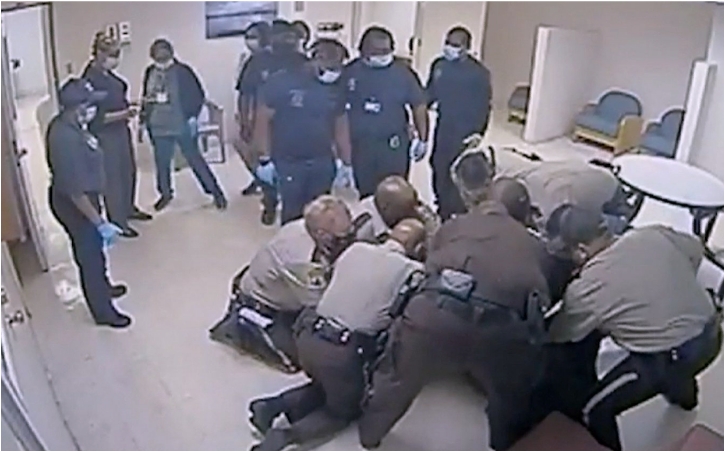
The Social Security and Medicare trustees report has warned that the financial safety nets relied upon by millions of older Americans and young people will be short of money to pay full benefits in the next decade. According to the report, Medicare, the government-sponsored health insurance that covers 65 million older and disabled people, will be unable to pay full benefits for inpatient hospital visits and nursing home stays by 2031. And just two years later, Social Security won’t have enough cash on hand to pay out full benefits to its 66 million retirees.
The Trustees recommend that Congress address the projected trust fund shortfalls in a timely fashion to phase in necessary changes gradually. If lawmakers do nothing, more than 70 million beneficiaries will face an automatic 23% cut, reducing the average benefit by several thousand dollars per year.
The forecasted go-broke date for Medicare was moved back three years — last year’s report predicted the government wouldn’t have enough money to start paying those benefits in 2028. However, the date for Social Security’s trust was moved up one year earlier. On its current track, Medicare would be able to cover only 89% of costs for patients’ hospital visits, nursing home stays, and home health care starting in 2031. Social Security, meanwhile, will be able to cover only 77% of benefits starting in 2033.
The future of Social Security and Medicare has become a top political talking point as President Joe Biden heads into his expected 2024 reelection campaign. Biden, a Democrat, has vowed to rebuff any Republican-led efforts to cut Medicare or Social Security benefits to brace for the shortfall. Republican leaders, meanwhile, say they don’t intend to ax benefits either, but they’ve yet to coalesce behind a plan to keep the programs solvent.
Lawmakers have for years kicked Social Security and Medicare’s troubling math to the next generation. Social Security benefits were last reformed 40 years ago when the federal government raised the eligibility age for the program from 65 to 67. The eligibility age has never changed for Medicare, with people accessing the medical coverage when they turn 65. AARP CEO Jo Ann Jenkins has called on elected officials to hammer out a plan, stating that the funds’ future should be a top priority for Congressional leaders.
As the baby boomer generation continues to age and rely on Social Security and Medicare, concerns are growing about the programs’ solvency. The trustees report highlights the need for Congress to take action to address the projected shortfalls and gradually phase in necessary changes. If nothing is done, more than 70 million beneficiaries could face a 23% cut to their benefits, resulting in a reduction of several thousand dollars per year on average.
Medicare’s projected go-broke date was moved back three years from last year’s report, but Social Security’s trust fund is now projected to run out of cash one year earlier than previously estimated. The report warns that Medicare will be unable to pay full benefits for inpatient hospital visits and nursing home stays by 2031, while Social Security will be unable to pay full benefits to retirees by 2033.
President Joe Biden has vowed to protect Medicare and Social Security benefits and reject any efforts to cut them by Republicans. However, Republican leaders have yet to coalesce behind a plan to keep the programs solvent. Social Security benefits were last reformed 40 years ago, while Medicare’s eligibility age has remained at 65 since the program’s inception.
AARP CEO Jo Ann Jenkins has called on elected officials to prioritize finding a solution to the programs’ solvency issues. As the number of beneficiaries relying on Social Security and Medicare continues to grow, it is essential that Congress takes action to ensure the long-term viability of these vital programs.








